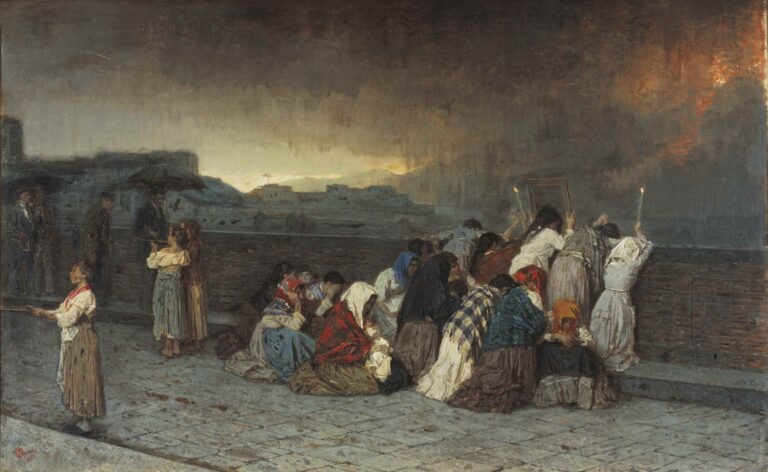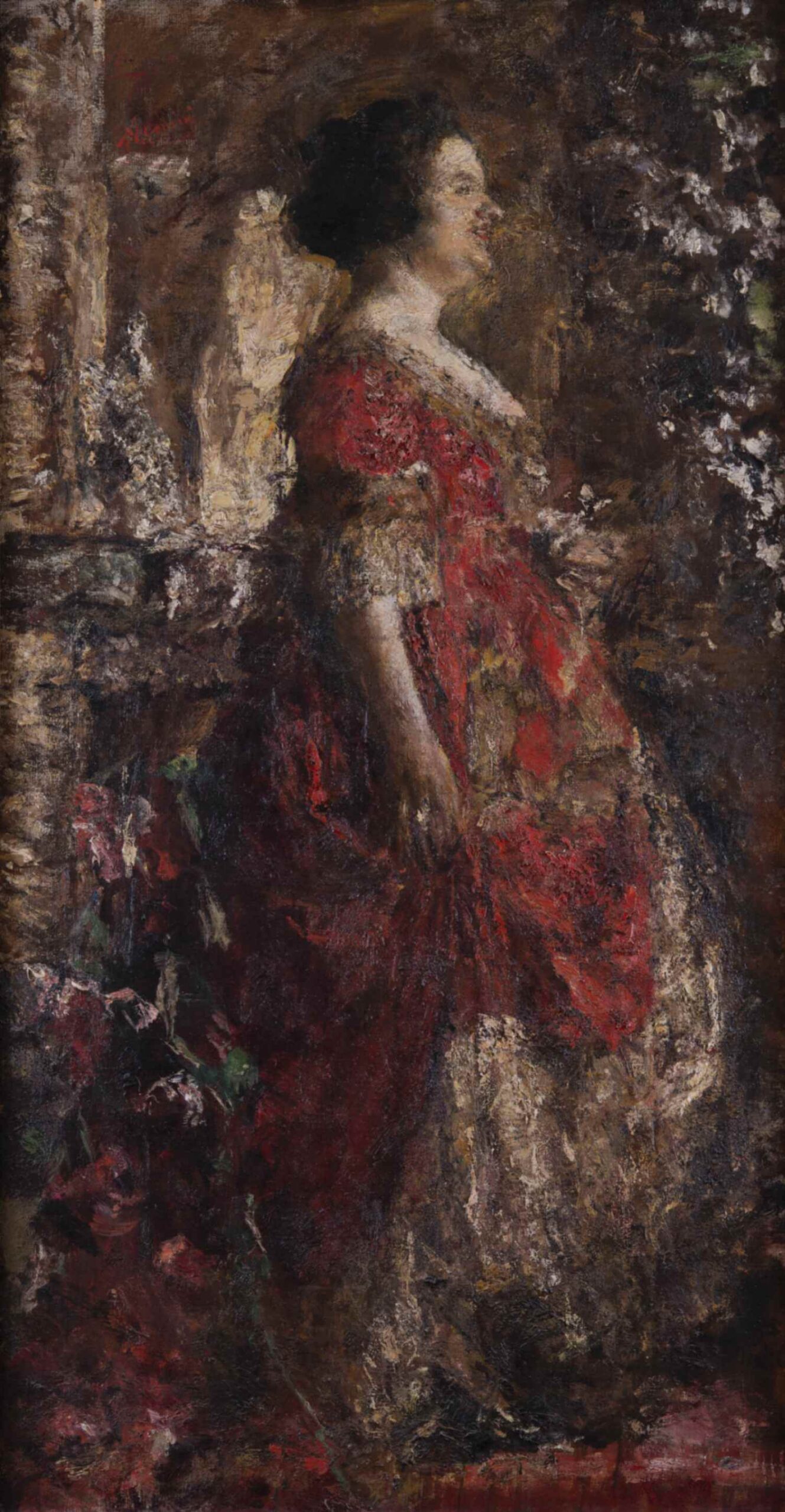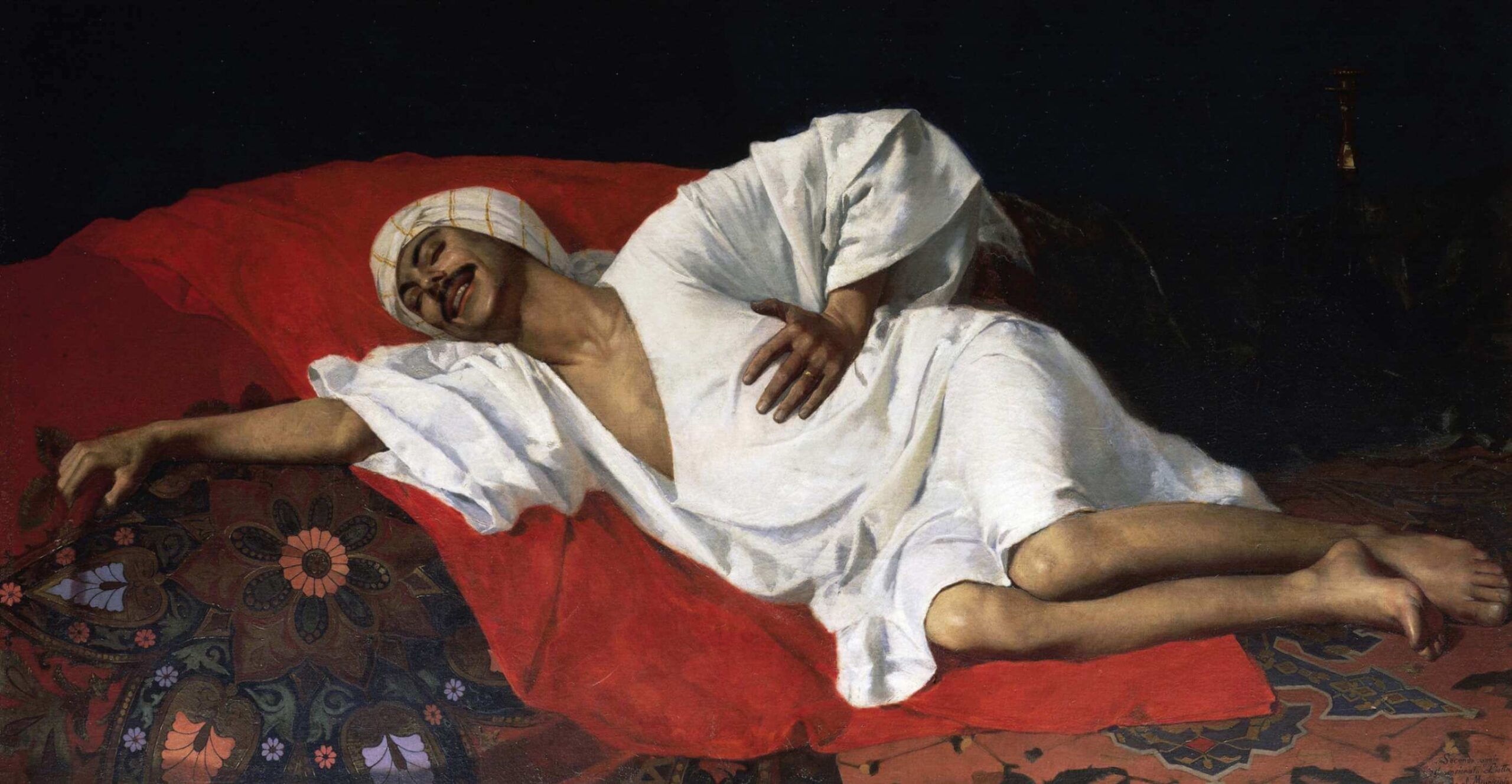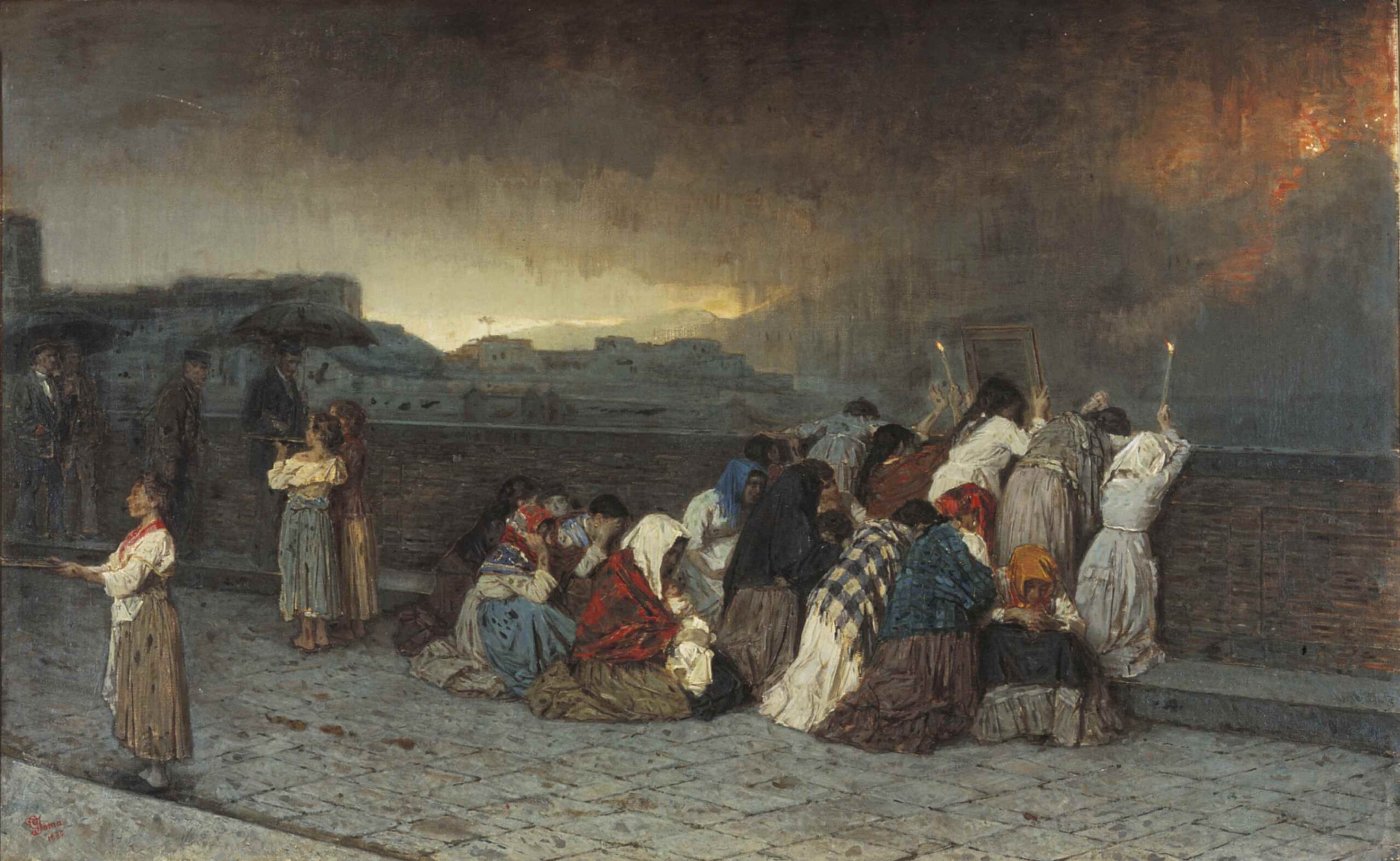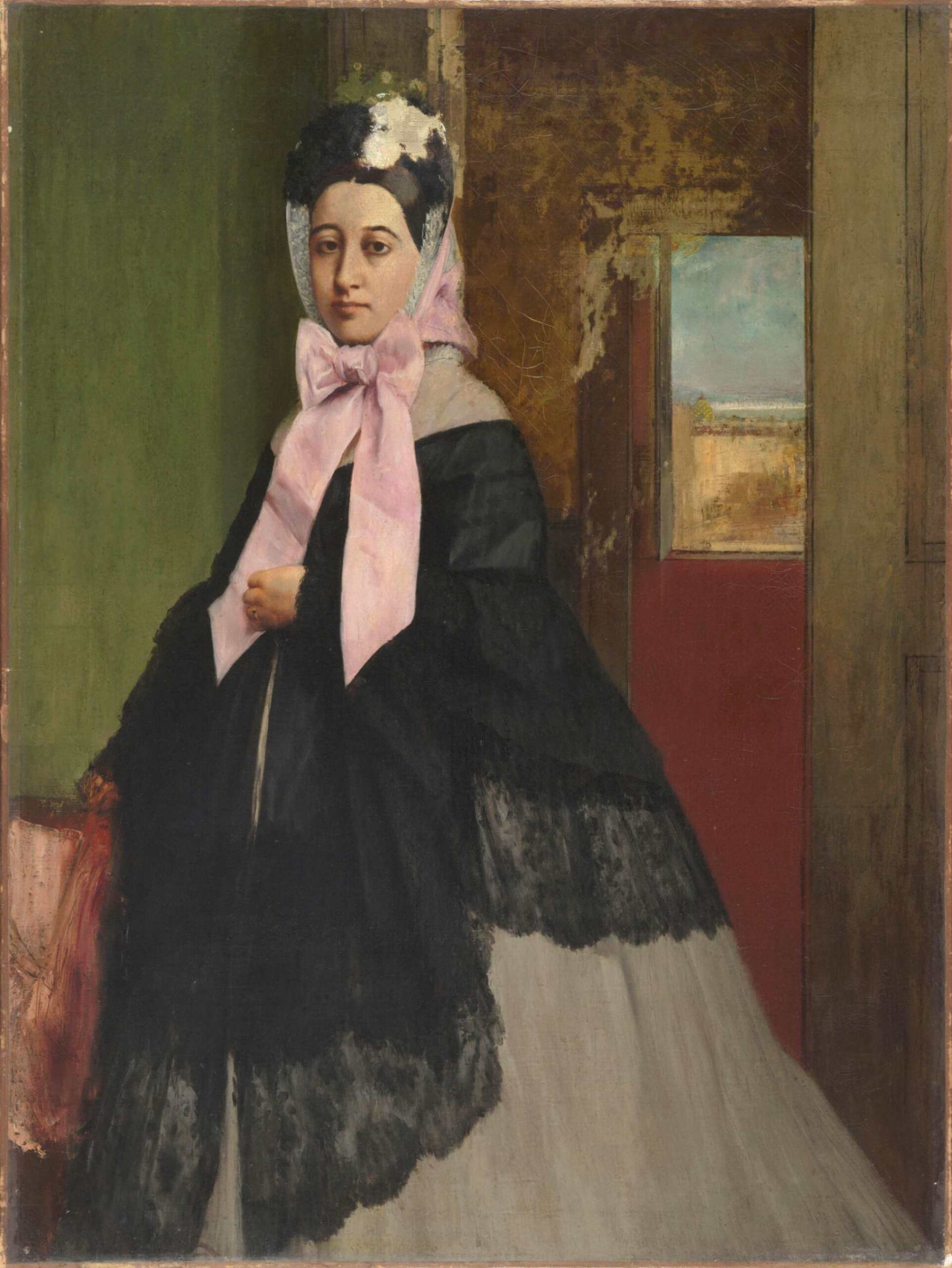Napoli Ottocento. Degas, Fortuny, Gemito, Mancini, Morelli, Palizzi, Sargent, Turner
the exhibition in ROME, SCUDERIE DEL QUIRINALE
MARCH 27-JUNE 16, 2024
250 works for the first exhibition dedicated to Neapolitan nineteenth-century art represented outside Naples, hosted in a venue of international significance such as Scuderie del Quirinale: a significant tribute to one of the most vital cities in contemporary European culture.
Scuderie del Quirinale presents “Napoli Ottocento. Degas, Fortuny, Gemito, Mancini, Morelli, Palizzi, Sargent, Turner,” a major new exhibition from March 27 to June 16, 2024, in Rome, curated by Sylvain Bellenger together with Jean – Loup Champion, Carmine Romano and Isabella Valente.
A major exhibition of high scientific importance, organized by the Scuderie del Quirinale and the Museo e Real Bosco di Capodimonte in collaboration with the Galleria Nazionale d’Arte Moderna e Contemporanea, the Direzione Regionale Musei Campania, the Accademia di Belle Arti di Napoli and the Stazione Zoologica Anton Dohrn.
The project is fully in line with one of the programmatic lines undertaken for some time now by the Scuderie del Quirinale: the systematic recounting of the many extraordinary figurative civilizations that have characterized the artistic history of Italy, which is richer in ‘artistic capitals’ than any other country.
Through a selection of 250 masterpieces, the exhibition pays tribute to Naples’ central role in the European art debate. Naples proposed itself as a center of artistic production of absolute European centrality throughout the nineteenth century, that is, that ‘long century’ that starts from the outcomes of the Enlightenment culture of the late eighteenth century and comes to extend up to the outbreak of World War I, so closely connected to the birth of modern Italy and yet still not well enough known and for this reason yet to be discovered.
The exhibition embodies the perfect synthesis of the exceptional artistic vitality of a city that has attracted the greatest artists active in Europe or from the youngest North American schools. These artists came to live the inescapable experience of discovering Pompeii and Herculaneum but then thunderstruck by the bursting beauty of the Campanian landscape, the richness of the historical and artistic heritage of those places, and the contrasts of a city with a unique enchantment in the world.
A very rich overview among paintings, sculptures, decorative arts, history and science: eloquent testimonies, despite social and political problems and tensions, of a truly centuries-old artistic and cultural tradition that is still alive and fully embedded in contemporary European culture.
The sea, the mountains, the folklore, the muddy land of Vesuvius, the lush vegetation of Campania, the splendor and also the decay have inspired artists such as Constantin Hansen, Silvestr Ščedrin, Simon Denis, Karl Böhme, Ludwig Catel, William Turner, Thomas Jones, Thomas Fearnley, Eduard Hildebrandt, Hans von Marées, John Singer Sargent, the naturalist painters of Posillipo, Portici and Resina, Anton van Pitloo, Giuseppe De Nittis, Ercole and Giacinto Gigante, Teodoro Duclère and Salvatore Fergola.
Significant prominence in the exhibition is given to the figure of painter Edgar Degas, an artist who always claimed his affiliation with the realist movement, rejecting the label impressionist as a qualifier of his painting. Of Neapolitan descent on his father’s side, Degas, who was fluent in the Neapolitan language he learned during his childhood and youth in Naples, is considered in this exhibition from the point of view of his familiarity with the Neapolitan environment, hypothesizing that, this particularity, is an extra piece of reading to understand his difference with the French school.
It was precisely in Naples-where he spent stays that were fundamental to his education-that he was able to enrich his particular realist formula with a new meaning. Particularly important, therefore, is the focus devoted in the exhibition to the French artist. Thanks to the generosity of the Musée d’Orsay, the Art Institute of Chicago and the Cleveland Museum of Art, visitors will be able to admire five celebrated masterpieces by the ‘Neapolitan Degas’ brought together in the exhibition, as well as the emblematic ‘View of Castel Sant’Elmo from Capodimonte’ from the Fitzwilliam Museum in Cambridge, which is very rarely exhibited.
Following the unfolding of the various nineteenth-century cultural currents, the exhibition devotes three decisive sections to the theme of the neo-Pompeian historicist imagery that reinvents themes or spreads the style of the artifacts found in the buried cities, the neo-Greek idealist imagery, steeped in evocation and elegy, and the Orientalist imagery, which aroused so much fascination in Domenico Morelli. The transition and the contaminations between academic and realist painting, around the middle of the century, are carefully described until the confluence in the figurative arts of verist themes that in asserting the principle of reality to the extreme reflect the instances of social denunciation characteristic of the second half of the century. The path from academicism to realism finds, at the culmination of its verist progression, an arrival at solutions of the unraveling of figurative exactitude achieved by the prevalence of the material aspects of painting in the works of Antonio Mancini.
In the perspective of these ‘contradictions’ related to reality, it is matter itself that becomes the object of painting and sculpture, nullifying the differences between one and the other through violently material effects that find a comparison only in Medardo Rosso’s research and that in fact anticipate by several decades those qualities typical of the postwar ‘informal’ season in artists such as Fontana or Burri.
In the nineteenth Naples is to all intents and purposes also recognized as an important scientific capital, the third city in Europe after London and Paris, home to one of the oldest Italian universities, the first school of Oriental languages in Europe (founded in 1732), the first museum of mineralogy (founded in 1801), and many other centers or institutions for research and study.
It is also the city of positivist debates, of legal and mathematical sciences; it is the city of the intense dialectic that links the new sciences to an aesthetic that is always faithful to the great realist tradition, central to the definition of Neapolitan art from the Baroque Riberesque and Caravaggesque periods.
Within the exhibition itinerary, the aim was to restore to the visitor, through the video installation Affreschi Digitali (Digital Frescoes) by Neapolitan artist Stefano Gargiulo (Kaos Produzioni), the peculiarities of the Zoological Station commissioned by Anton Dohrn, the first center of oceanographic study in Italy, where scientific depictions of marine fauna are superimposed on the decorations by Hans Von Marées and Adolf Hildebrandt still visible in the current Library and inspired by the neo-Hellenic taste dear to the German artists of the time.
In the first quarter of the 20th century, Antonio Mancini, at the height of his international fame, allowed raw matter to enter his paintings; it is matter, bursting forth, invasive and deprived of form that becomes the very object of the work, replacing the subject portrayed. It was a choice that was celebrated at the 1926 Venice Biennale, where Mancini’s Dama in rosso was hailed by Carlo Carrà as “a true masterpiece of plastic power and chromatic harmony.”
The influence of the political and economic climate also played a decisive role on the art forms of this historical period. The city’s profusion of urban transformation projects and programs, in fact, made it increasingly European, so much so that by the end of the century Naples was still in direct dialogue with Paris: in just three years the Galleria Umberto I was erected, cafes, grand hotels, bourgeois quarters and long avenues were built.
The path “from the Sublime to Matter” becomes, in the exhibition, a scheme for reading the history of art in Naples in the 19th century. For this reason, this path is the subject of an additional multimedia intervention by Gargiulo himself, who welcomes the visitor on the entrance staircase by proposing images of Vesuvius in eruption understood as a synthesis of your terms: the feeling of the sublime that comes from the spectacle of the terrible force of nature, and the material brutality of the lava landscape that is transformed into beauty.
“Napoli Ottocento” represents the synthesis of this long journey, a unique opportunity to admire works of the highest value and to fully understand a period rich in contradictions and fascination.
Statements:
Mario De Simoni, Director General Scuderie del Quirinale
“An exhibition conceived at the end of the pandemic and dedicated not by chance to one of the most vital and most beloved cities, which tells the story of Naples in its vocation as a great capital and once again marks the fruitfulness of the presence of the Scuderie del Quirinale in the system of the Ministry of Culture, this time through the joint organization with the Museo e Real Bosco di Capodimonte and the collaboration with the National Gallery of Modern and Contemporary Art and the Regional Museums Directorate of Campania.”
Matteo Lafranconi, Director Scuderie del Quirinale
“The exhibition is the product of a tireless work of selection and research by the curatorial and organizational team: a great tribute to the Neapolitan figurative civilization, its enduring vitality, and its unparalleled ability to seduce the whole of Europe and beyond.”
Sylvain Bellenger, curator
“An ambitious project that exhibits the works of a century that is little known: the Neapolitan 19th century. Nineteenth-century Naples inherited both the cosmopolitan history of Campania and the realist tradition of the Neapolitan Baroque school. Aesthetics dialogued closely with science, and pre-positivist dynamics in the exact sciences contrasted with the legend of a city perceived as theatrical, irrational, and readily scaramantic. The attraction of ruins, the dazzling beauty of the Bay of Naples gave rise to the landscape schools of Posillipo and Portici. The realism of ‘Plein Air’ transformed light into matter, before extending and radicalizing into the artistic, political, social and economic Verism of Italy’s Risorgimento and Unification. From Jacques Volaire to Philipp Hackert, from Anton van Pittloo to Thomas Jones, Filippo Palizzi, Giuseppe de Nittis, Domenico Morelli, and Gioacchino Toma, are just some of the painters featured in this exhibition, which offers many bold and illuminating comparisons, including one with Edgar Degas, studied for the first time in his Neapolitan family environment. Art objects and neo-Pompeian craftsmanship in bronze and ceramics the sculptures of Giuseppe Renda, Achille d’Orsi and, Francesco Jerace, Vincenzo Gemito, reveal a school that dominated verist Italy, while the virtuosity of Antonio Mancini shifted pictorial verism to the subject matter of painting itself opening the door, to the informal art of Lucio Fontana, Alberto Burri and the Vesuvian painter Salvatore Emblema.”
Initiatives:
On the occasion of the exhibition Napoli Ottocento, the Scuderie del Quirinale offers an interdisciplinary program by organizing in June two evening events on its magnificent terrace. Following the exhibition, curator Sylvain Bellenger has been asked to converse with some of leading experts and scholars of the nineteenth century to give the public an opportunity to explore not only topics related to the visual arts but also historical, philosophical, scientific, theatrical and musical.
The Scuderie del Quirinale will also produce a special project, Viaggi nello spazio e nel tempo, a series of four short documentaries that tells the story of how Naples became one of the European capitals of the 19th century. They will start from the inauguration of Italy’s first Naples-Portici railway line in 1839 to Saverio Mercadante’s artistic direction of the Teatro San Carlo in 1840 and from the inauguration of the Anton Dohrn Zoological Station in 1872 to the National Exhibition of Fine Arts in 1877. The films will be visible starting in May on the dedicated YouTube channel.
The schedule of meetings is available at: www.scuderiequirinale.it
The catalog is published by Electa.
For “Napoli Ottocento” the Audio guides Adults – produced by the company S.T.A.R.T. – have been recorded directly by curator Sylvain Bellenger and are also available in the Scuderie del Quirinale APP, which, as usual, is free and includes a version for children as well.
Press release from Ales – Scuderie del Quirinale and Comin & Partners.

